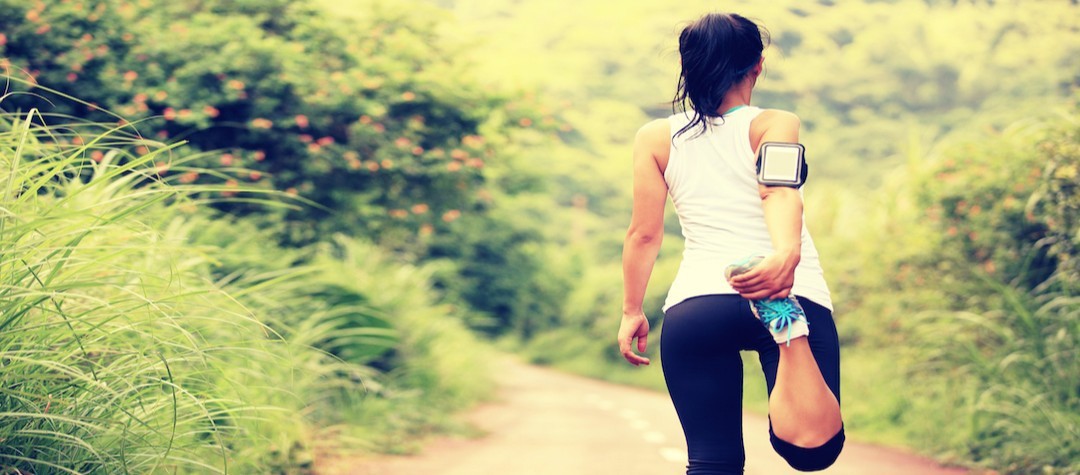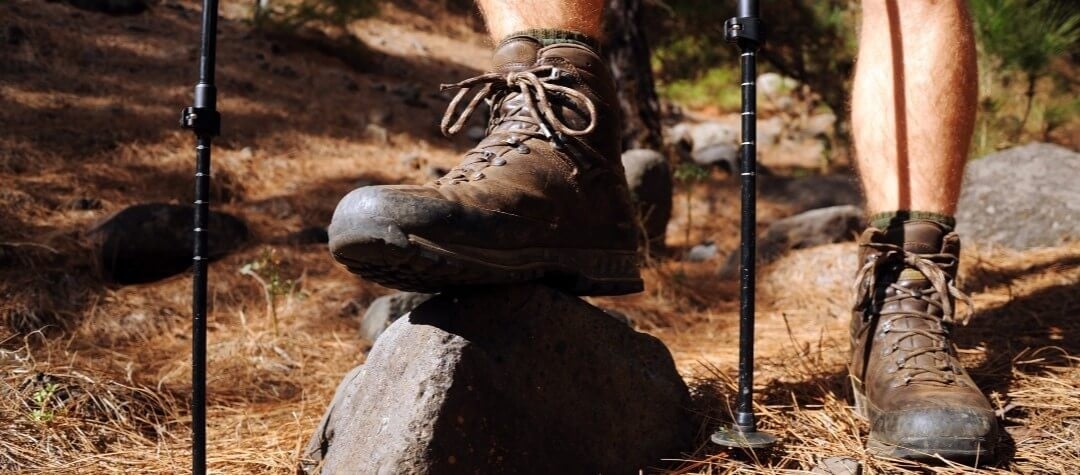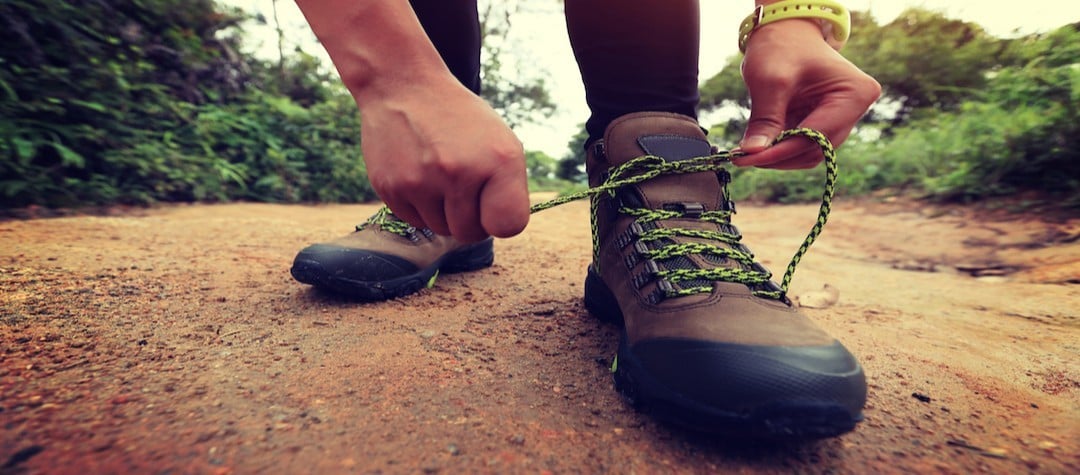Ready to take your walking to the next level and sign up for a walking event? Make sure you’re fully prepared with our handy guide.
Like every other sporting challenge, walking as a fitness activity should definitely not be undervalued. It’s all too easy to think it’s an easier option than running, for example. But that’s definitely not the case, as this list of tips on preparing for an event highlights.
1. Put in the miles beforehand
Proper training is required, not least for long distances. You could set yourself up for long-term injuries if you don’t take that into consideration. Effective training helps prevent needless injuries and ensure you remain active after the event. The longer the event, the more preparation you need. Consistency is also key. Get used to your distance. For instance, on a 5k walk (3.1 miles), at least 45 minutes’ training five days a week should give you the right conditioning.
2. Prepare wisely
Be prepared, and bear in mind that preparation the night before an event sets you up perfectly the next day. Don’t make the mistake of thinking a walking event is easier than a running event. A little bit of planning should ensure you arrive in good time to check in and make final preparations, but not so early that you end up standing around too long. Don’t rush donning your footwear either, and take a few steps to check for comfort. Note any late route alterations, changes in the weather, and ensure you’ve time to go to the loo and consider checkpoint positions.
3. Know your route
Make sure you get a proper route description, plotting your event as best you can. Studying a map or walking key stretches before will help get a feel for what’s to come, not least over terrain, noting when you can ease off or gear up for harder stretches. You’ll also get an idea where you need to take more care - especially if you are doing a night event - if you’ve already familiarised yourself with a course. Maybe identify recognisable landmarks too.
4. Concentrate on technique
Issues such as good posture are key, and without it you could suffer preventable injuries. Focus ahead rather than at the ground, with your head and chest up, your shoulders down rather than hunched, back and relaxed, and your chin level. Swing your arms from front to back, no higher than your breast bone, rather than side to side and across your body. Try to keep your arms in, slightly less than a 90 degree angle, not too vigorous, with your hands gently cupped.
Thinking about how you walk when you are preparing for an event will mean you avoid having problems on the day!
5. Comfortable clothing
What you wear should be comfortable. A final decision can be left until the day, depending on the conditions and weather, but pack for all possibilities. The time of day and season have a bearing. It’s not just about your top, shorts and headwear - choose your socks carefully, bearing in mind extra cushioning or seamless options with extra heel padding, reducing the risk of blisters and sore spots. Avoid materials next to the skin that don't absorb sweat. A change into dry socks halfway round may help. And that brings us on to…
6. The right footwear
Never resort to wearing new shoes bought especially for an event, however tempted by those ads. There lies the road to painful blisters and other problems, possibly long-term. The best option is to go for footwear neither too old nor too new. Old walking shoes may lack shock absorption and prove hard on the legs and your back. If you’ve bought new shoes, ensure you try them out for at least five hours over different walks, before joining the start-line.
7. Essential equipment
The equipment list provided for events is mightily important, so don’t try and cut corners (never a good idea!). Think of waterproof coverings for any maps you might carry and for night walkers ensure you have something to read it by when day turns to dusk and beyond. Some events may suggest a rucksack, again properly waterproofed, with any spare clothing, drinks and food needed en route. Careful how you pack it too - it will save time.
8. Eat wisely
Go for nutrient-rich options such as various fruit and vegetables, whole grain and lean protein goods - both before the event and during it. Sugary snacks, for example, can harm energy levels. That said, you have to eat an enormous amount to replenish the energy you are expending. Eat and drink plenty and often, particularly energy-rich foods. Eat the food provided at checkpoints/snack stations, even if you don’t have much appetite, and don't be tempted to rush through without eating just to save a few minutes.
9. Taking liquids on board
Take dehydration seriously to avoid muscle cramps, headaches, light-headedness or dizziness. Even in average temperatures, but particularly in hot weather, you can lose lots through sweat. If not replaced continuously, you may feel devoid of energy. Drink at every opportunity - at checkpoints and by keeping your water bottle topped up. The body loses salt when you sweat too, increasing the chance of cramp. This can be pre-empted by eating salty foods, while a salt tablet or a little salt dissolved in water can give almost instant relief.
10. Assess your pain
A little pain on the day might not necessarily mean your event or your training session is over, but it’s important to assess that pain and rule out whether it’s down to your technique or your level of conditioning, adjusting that technique accordingly if need be. On the longer walks, psychology might come into it too, not least how you motivate yourself to get through the next mile or so. Perhaps listening to music, or completing the event with a friend might help you to stay motivated. Think of your playlist beforehand and make sure it’s as long as the walk to avoid becoming bored of the music.
And remember, it should be about enjoyment, taking in the atmosphere, and a sense of achievement.














